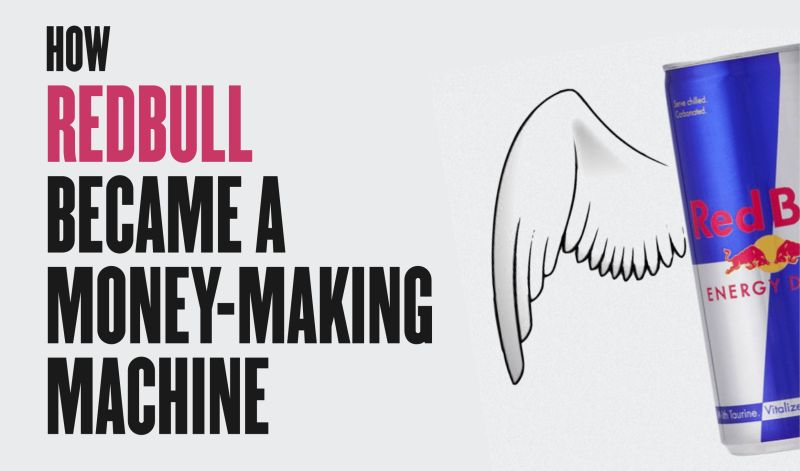
While other brands spend 8-15% – Amul spends less than 1% of its total expenses on advertising.
Yet the iconic Amul Girl is probably one of the most recognizable advertisements in the country - so, what seems to be Amul’s golden formula for cost-effective advertising?
Yet the iconic Amul Girl is probably one of the most recognizable advertisements in the country - so, what seems to be Amul’s golden formula for cost-effective advertising?

1. Umbrella branding:
One thing that sets Amul apart is that it markets the brand, not individual products - this is called umbrella branding.
One thing that sets Amul apart is that it markets the brand, not individual products - this is called umbrella branding.
You’ll notice that most of the Amul Girl comics are pitching the brand Amul to you, instead of particular products that they offer, say, dark chocolate or cheese slices. This way, Amul is able to cut down advertising costs immensely.
2. Simplicity & Relevance:
The Amul Girl was created for two reasons – one, as a rival to the then-popular “Polson’s Butter Girl”. And two, to stand out from the erstwhile corporate seeming ads back then.
The Amul Girl was created for two reasons – one, as a rival to the then-popular “Polson’s Butter Girl”. And two, to stand out from the erstwhile corporate seeming ads back then.
Even now, they continue to maintain this simplicity, resulting in the cost-effective advertising strategy that we see today.
Another key element is Amul’s moment marketing - i.e. their topical Amul Girl advertisements. In fact, they have been doing these (and doing it well) for the past 53 years! Whether it be politics, social issues or cinema - you can count on Amul to stay relevant & deliver.
3. Sticking to their guns:
Amul has been in the business since the 1940s and having decades of experience, the company is known for sticking to its tried and tested campaigns - be it Amul Girl (56 yrs) or “Amul Doodh Peeta Hai India” (18 yrs).
Amul has been in the business since the 1940s and having decades of experience, the company is known for sticking to its tried and tested campaigns - be it Amul Girl (56 yrs) or “Amul Doodh Peeta Hai India” (18 yrs).
It has also stuck to its tagline “the taste of India” for a long 27 years! This continues to keep the costs low, all the while being memorable across generations!
All of this has helped Amul become the giant it is now, clocking a ₹61,000 Cr turnover in FY21-22.
All of this has helped Amul become the giant it is now, clocking a ₹61,000 Cr turnover in FY21-22.
What are your thoughts on Amul’s advertising strategy? Let us know in the comments!
Follow @Finshots & subscribe to our newsletter for more insightful content- finshots.in/#subscribe?utm…
Follow @Finshots & subscribe to our newsletter for more insightful content- finshots.in/#subscribe?utm…
• • •
Missing some Tweet in this thread? You can try to
force a refresh





